 |
 |
 |
| |
NASH Future Therapies at Paris Hepatitis Conference Jan 2018
|
| |
| |
Download the PDF here
https://www.aphc.info/
presented by Arun Sanyal at the Paris Hepatitis Conference
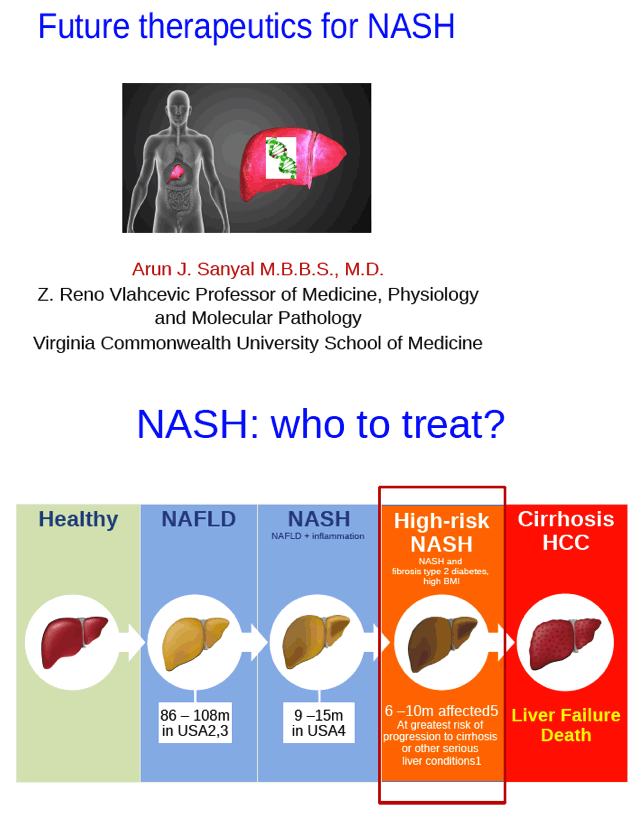
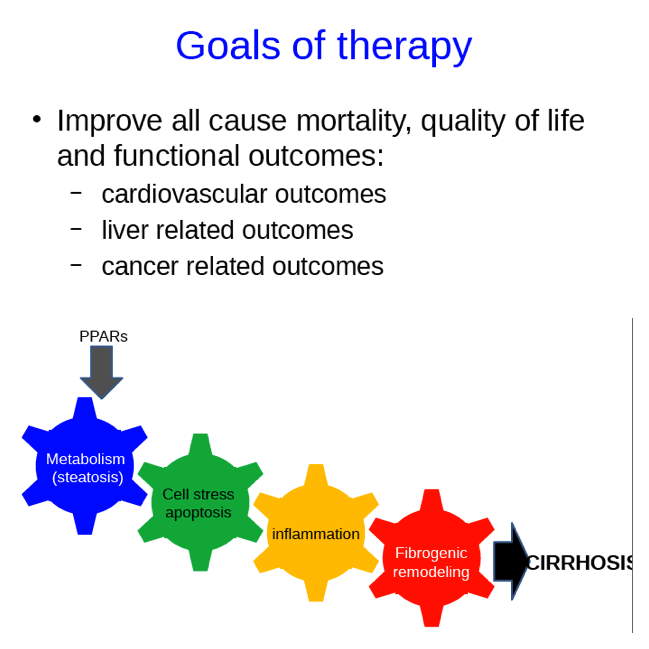
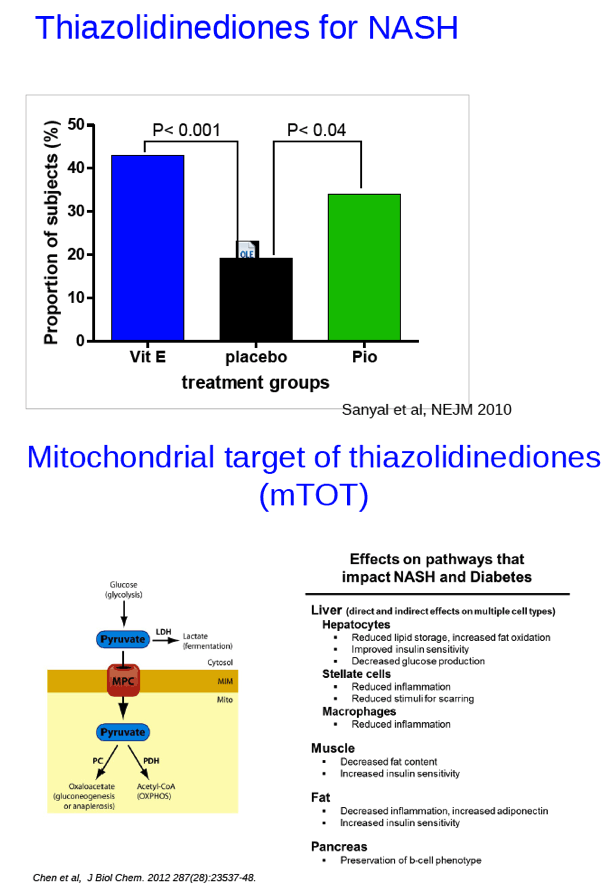
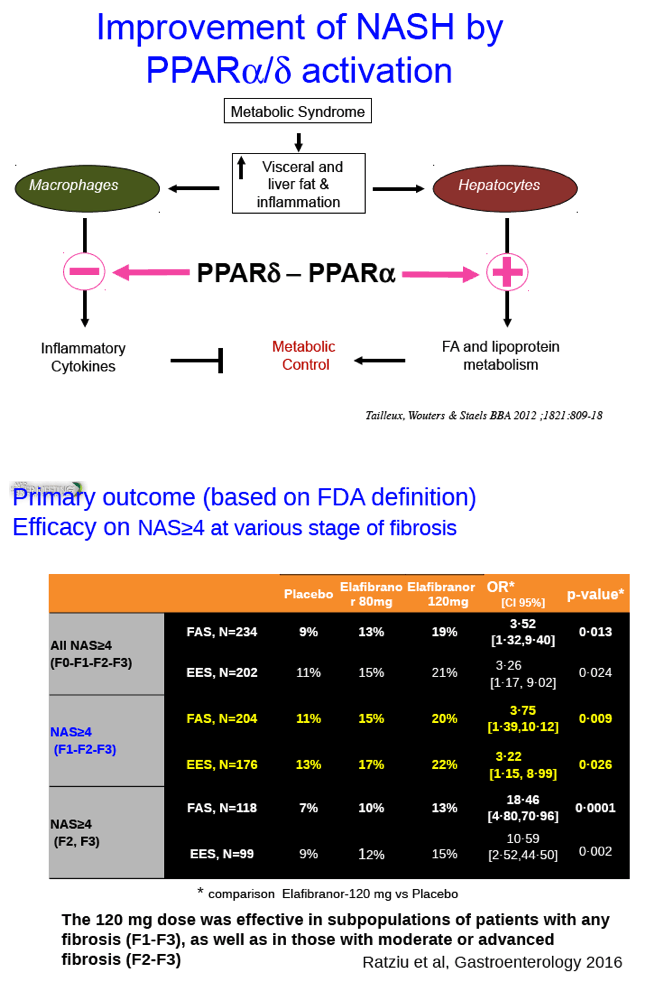
NATAP Fatty Liver Section http://natap.org/liver.htm
Emerging Treatments for ASH & NASH - Rohit Loomba, MD / AASLD 2016 - (07/03/17)
Elafibranor - (GFT505) NASH Treatment - GOLDEN 505 Study & Commentary - (07/05/17)
Regenerate: a phase 3, double-blind, randomized, placebo-controlled multicenter study of obeticholic acid therapy for nonalcoholic steatohepatitis - (07/05/17)
AASLD: BMS-986036 (PEGylated FGF21) in Patients with Non-Alcoholic Steatohepatitis: A Phase 2 Study - (10/26/17)
AASLD: Multi-Biomarker Validation of MRI-PDFF- and MRE-Derived Treatment Response with BMS-986036 (PEG-FGF21): A Secondary Analysis of a Multi-Center Clinical Trial in Non-Alcoholic Steatohepatitis (NASH) - (11/29/17)
AASLD: Baseline Serum Pro-C3 Predicts Response to BMS-986036 (PEG-FGF21): A Secondary Analysis of a Multi-Center Clinical Trial in Non-Alcoholic Steatohepatitis (NASH) - (11/29/17)
GS-4997, an Inhibitor of Apoptosis Signal-Regulating Kinase (ASK1), Alone or in Combination with Simtuzumab for the Treatment of Nonalcoholic Steatohepatitis (NASH): A Randomized, Phase 2 Trial - (11/21/16)
Treatment with Selonsertib, an Inhibitor of Apoptosis Signal-Regulating Kinase 1 (ASK1), Reduces Hepatic Phospho-p38 Expression and Markers of Hepatocellular Apoptosis and Necrosis in Patients with NASH - (05/23/17)
Apoptosis Signal-Regulating Kinase 1 Inhibition Reduces Liver Fibrosis and Apoptosis in an NLRP3 Mutant Model of NASH - (07/03/17)
Cenicriviroc for HIV, inflammation, fatty liver & NASH Hepatic Fibrosis is Associated With Histological Activity in Non-alcoholic Steatohepatitis: an Analysis From a Large Database of Screening Biopsies in the CENTAUR Trial - (09/08/17)
Cenicriviroc is the fourth CCR-5 inhibitor to make it into later stage clinical development. Only one, maraviroc, completed clinical development and has modest use in clinical practice in the US and in Europe. Cenicriviroc is a clear once daily CCR-5 receptor antagonist with a 30+ hour half-life and activity in early phase clinical trial comparable to the other CCR-5 inhibitors. What makes cenicriviroc more interesting than the potential to be a second in class agent is the fact that this agent also inhibits binding of MCP-1 (monocyte chemoattratant protein one) to the CCR-2 receptor. CCR-2 is expressed on monocytes/macrophage and binding with its ligands, such as MCP-1, results in activation of this cell type. MCP-1 in expressed on endothelial cells, stromal cells and other inflammatory cells and the receptor ligand interaction can lead to increased inflammation in the setting of tissue injury and this interaction may be a mediator of inflammatory diseases including atherosclerosis (8). Even at this meeting an association between monocyte activation and coronary artery calcium was observed in HIV-1 infected individuals (13, 14). Monocyte/macrophage activation and resultant inflammation may be an important component of the inflammatory state in untreated and treated HIV-1 infection and an antiretroviral that may also impact ongoing inflammation has a particular attraction. http://www.natap.org/liver.htm
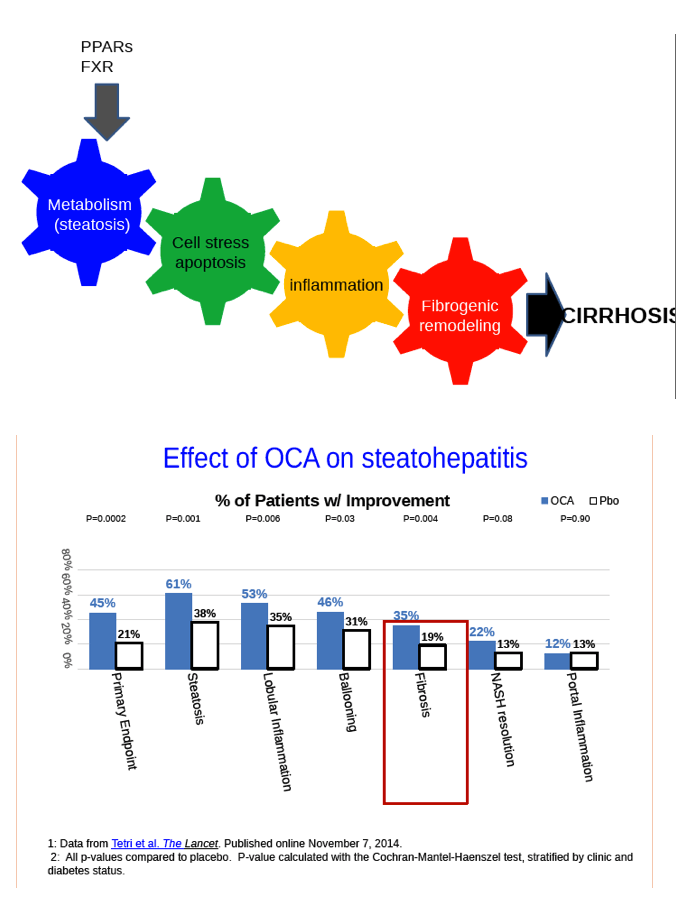
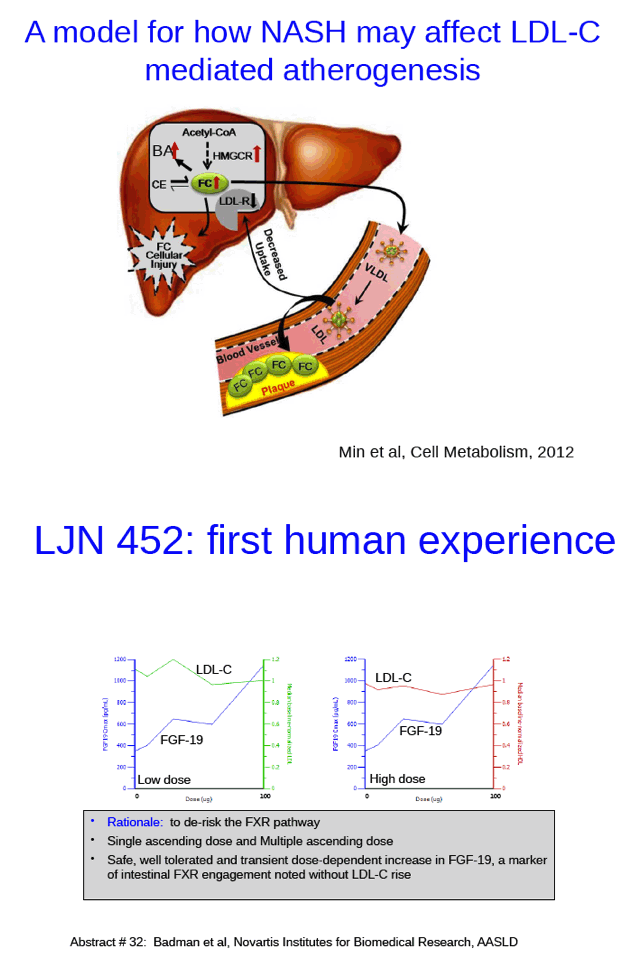
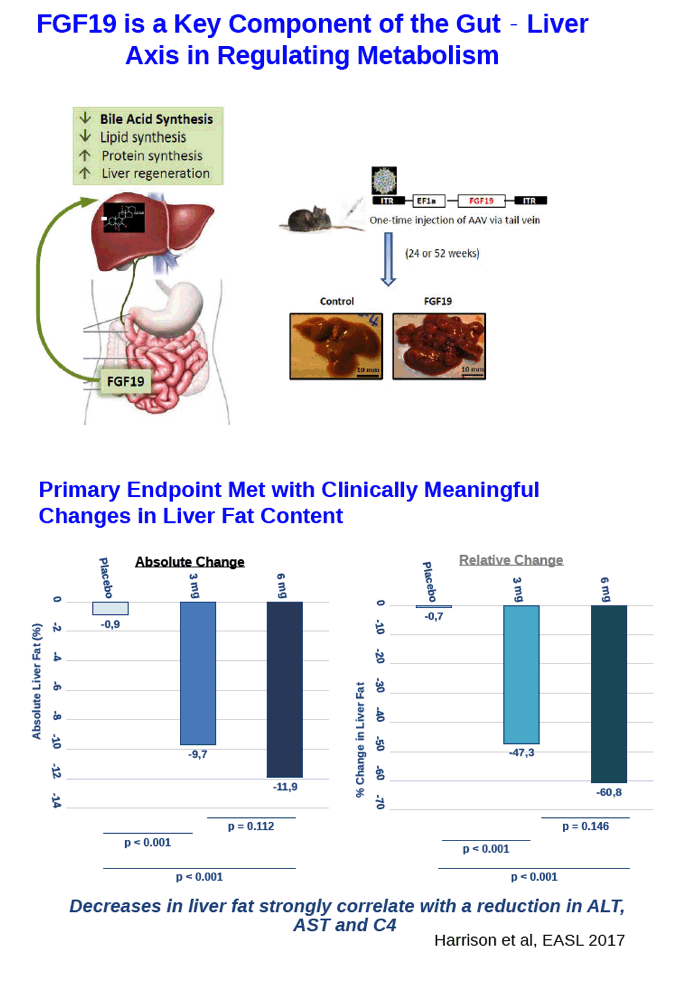
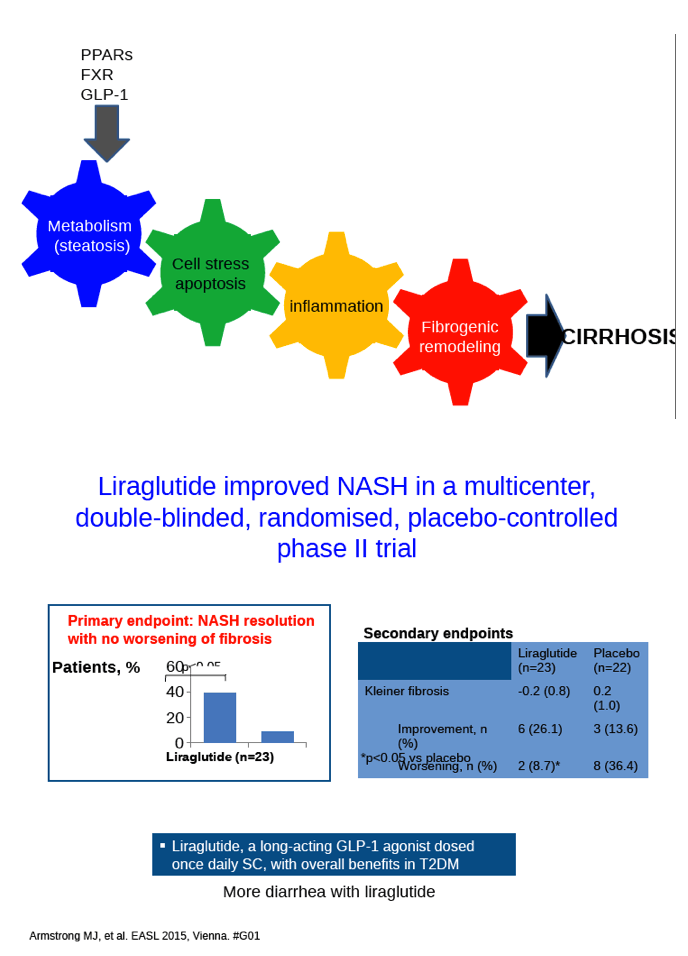
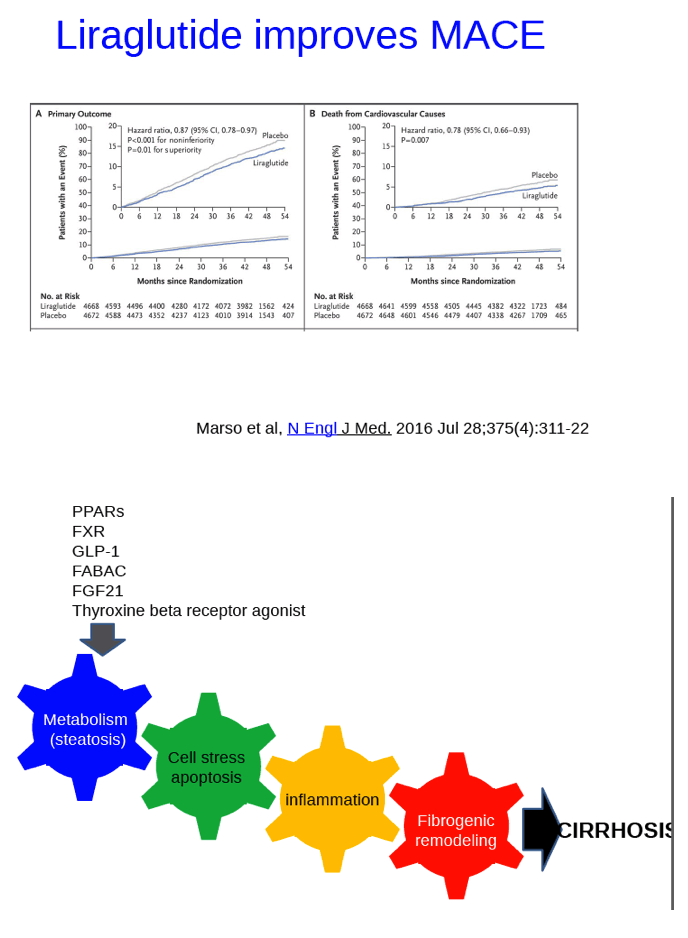
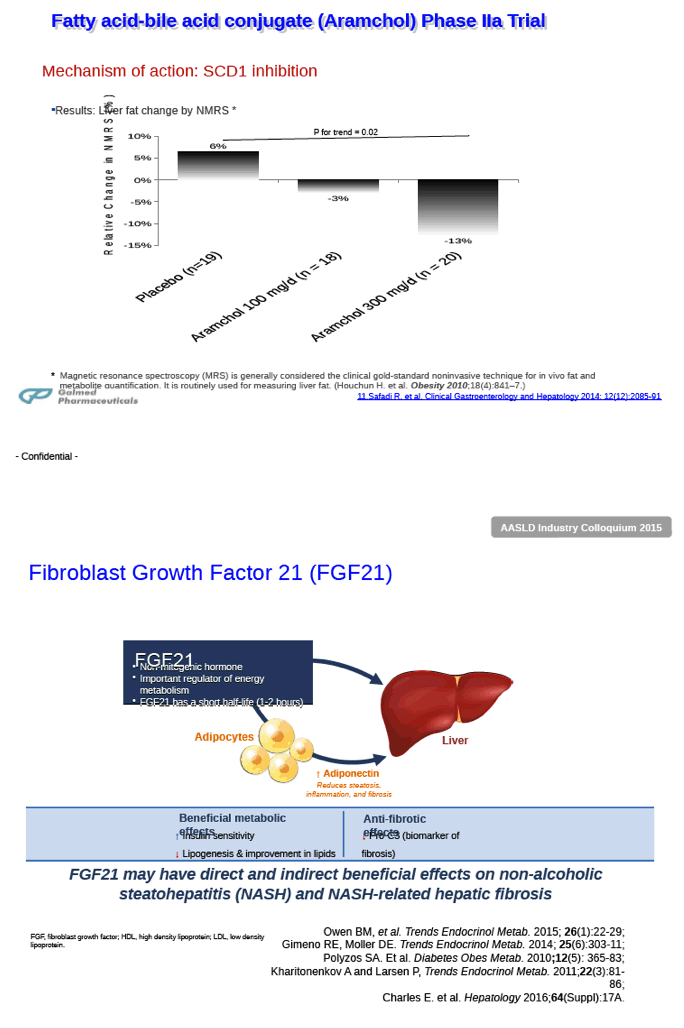
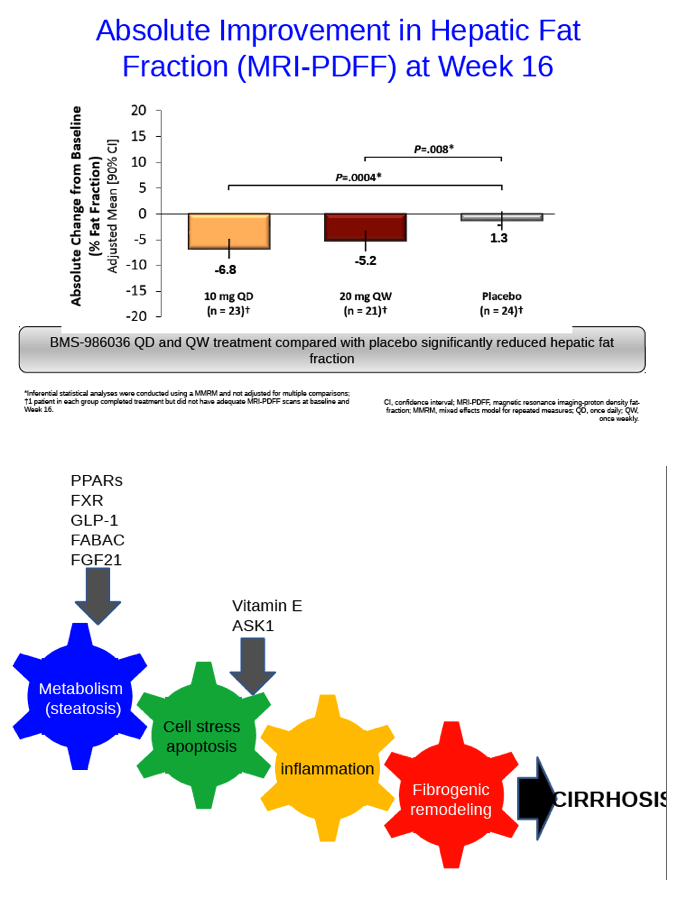
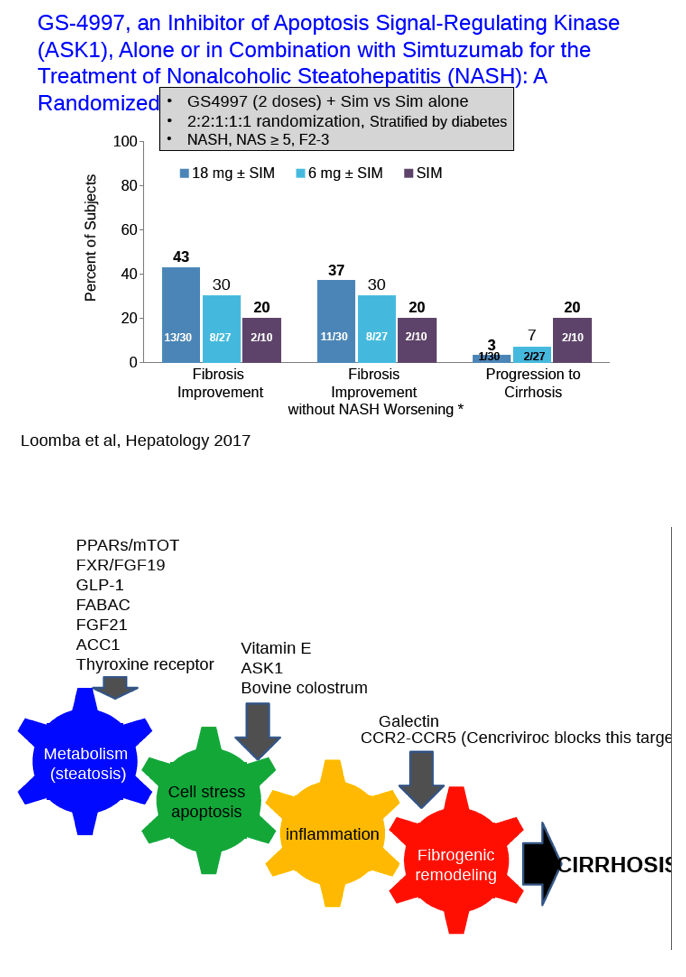
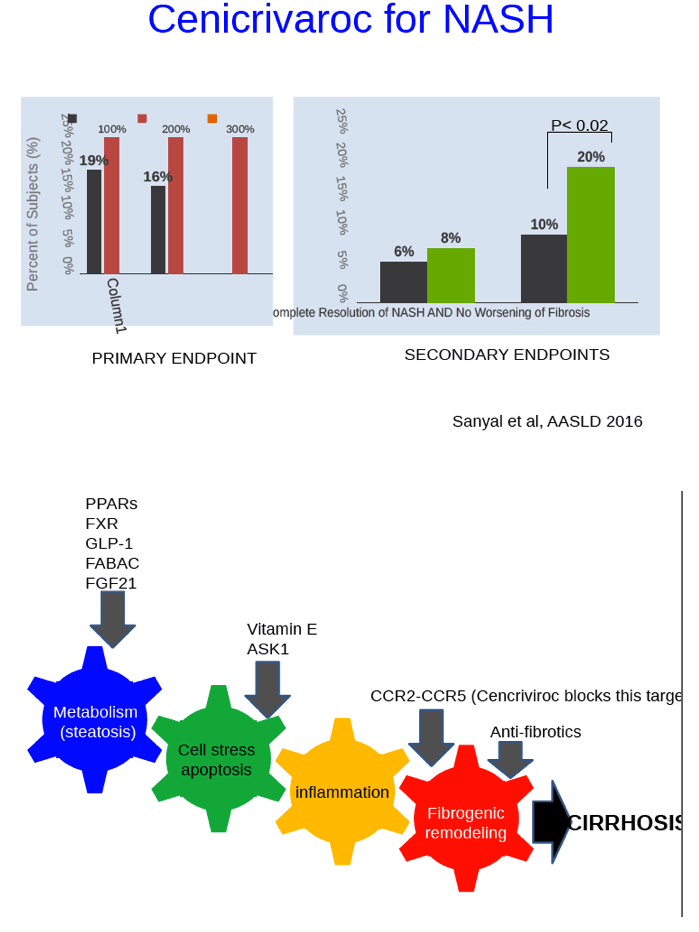
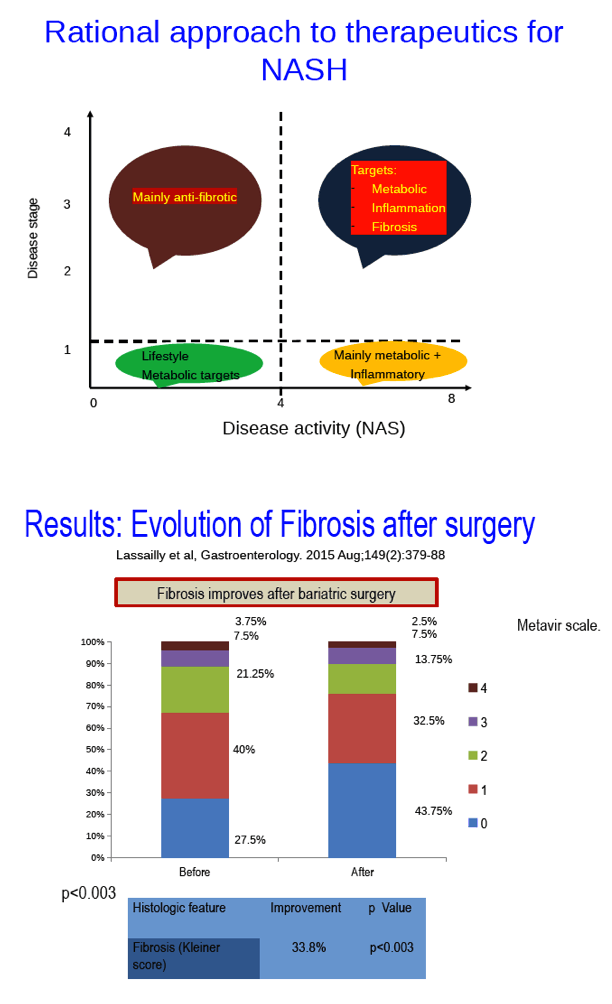
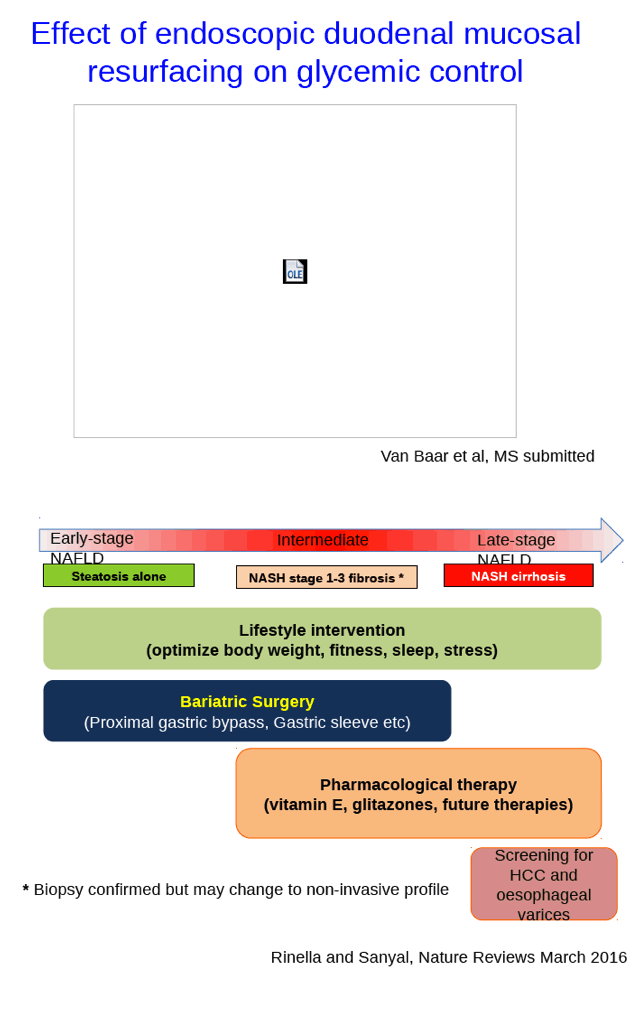
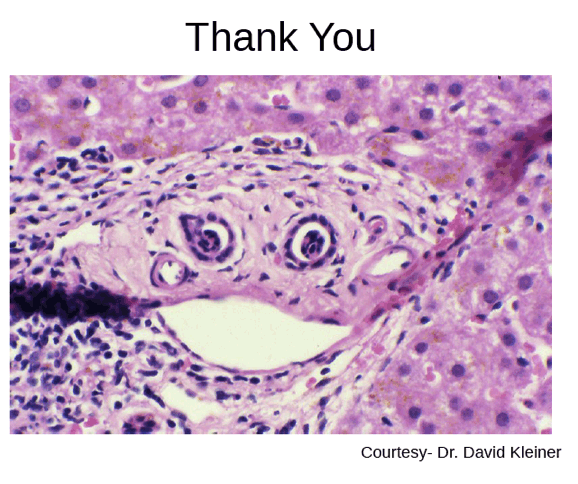
|
| |
|
 |
 |
|
|